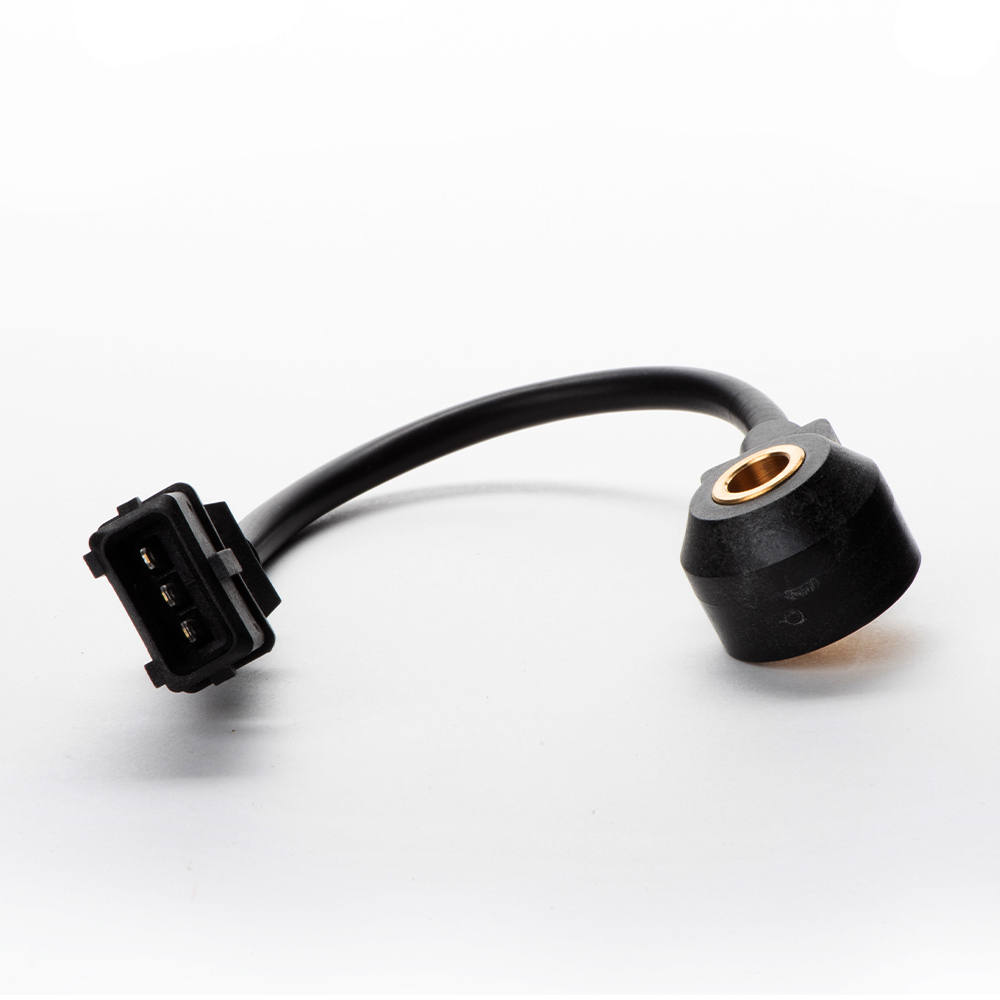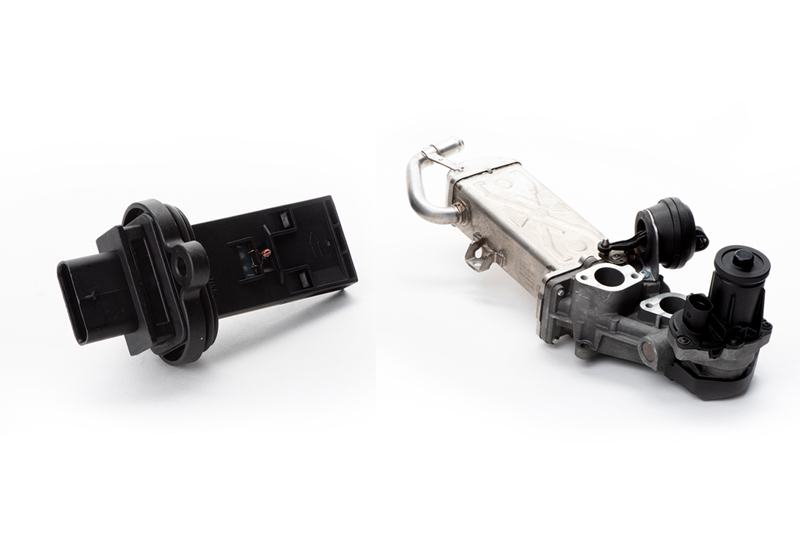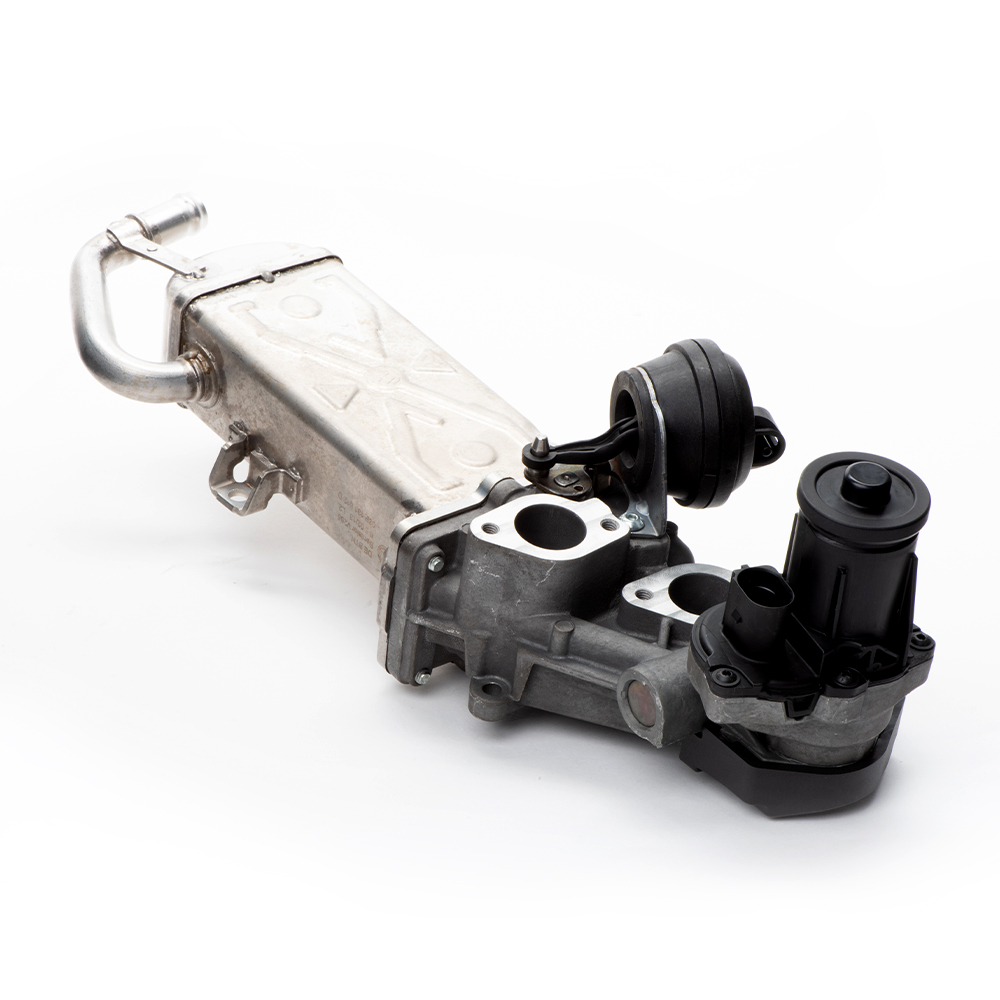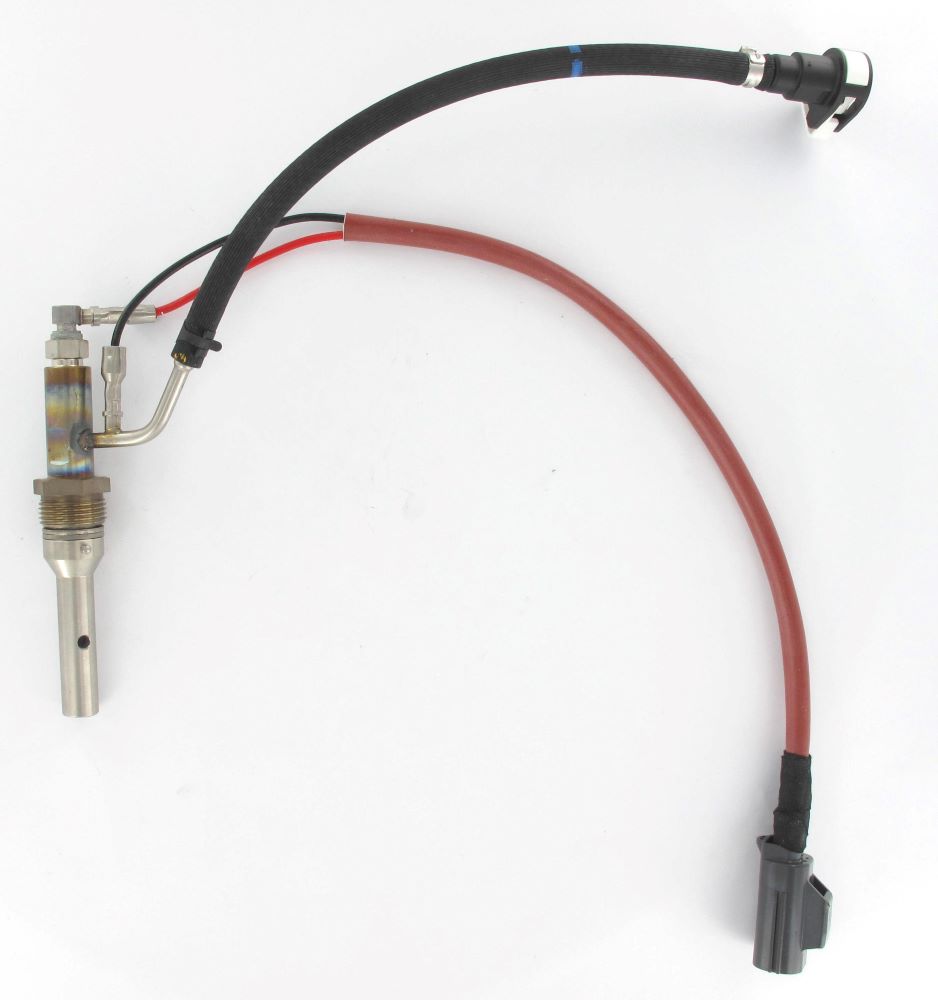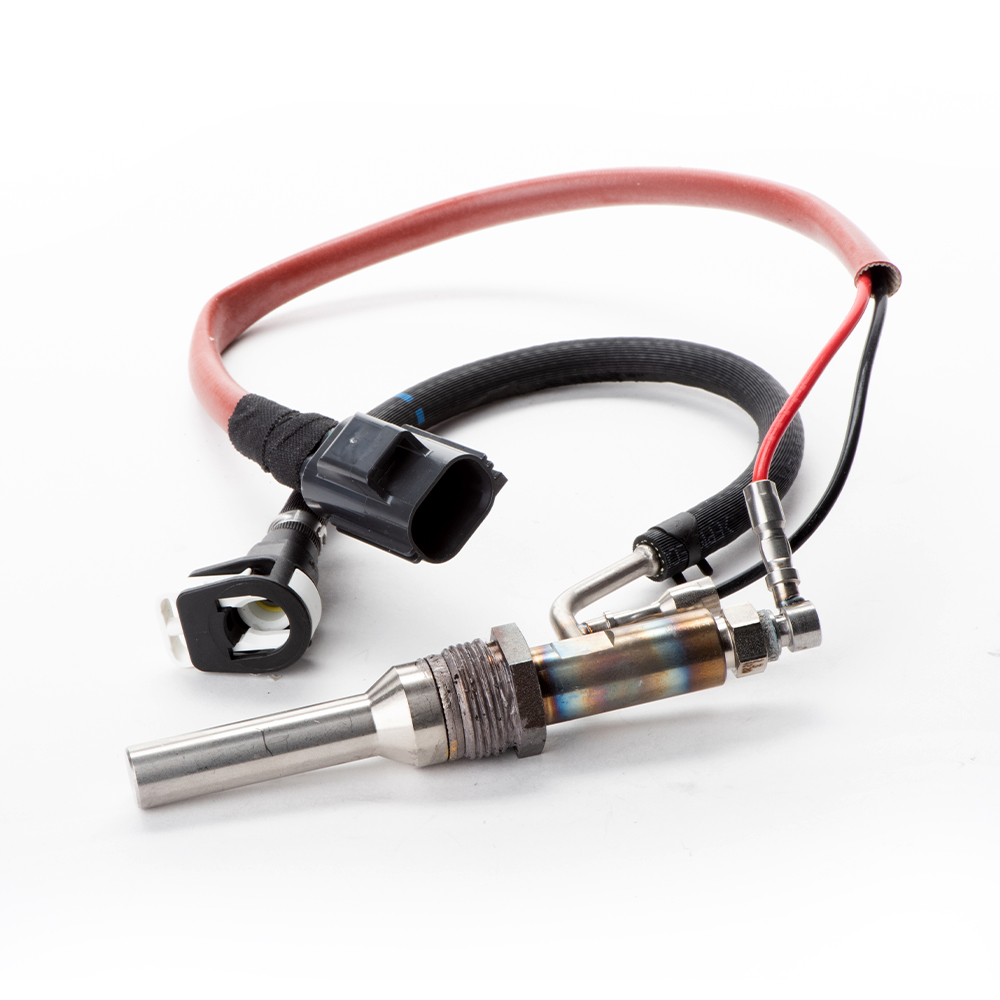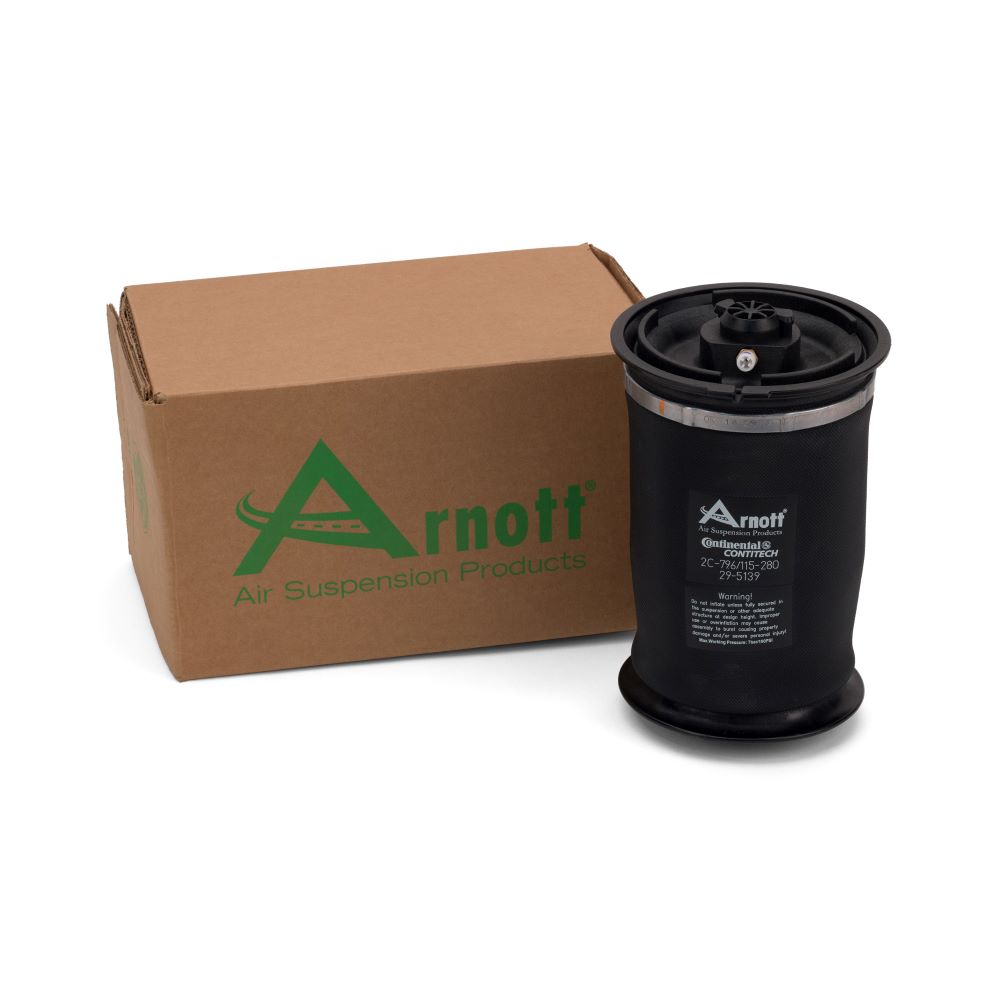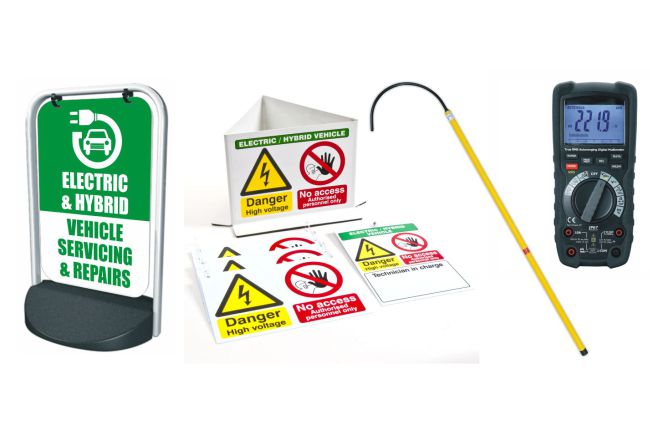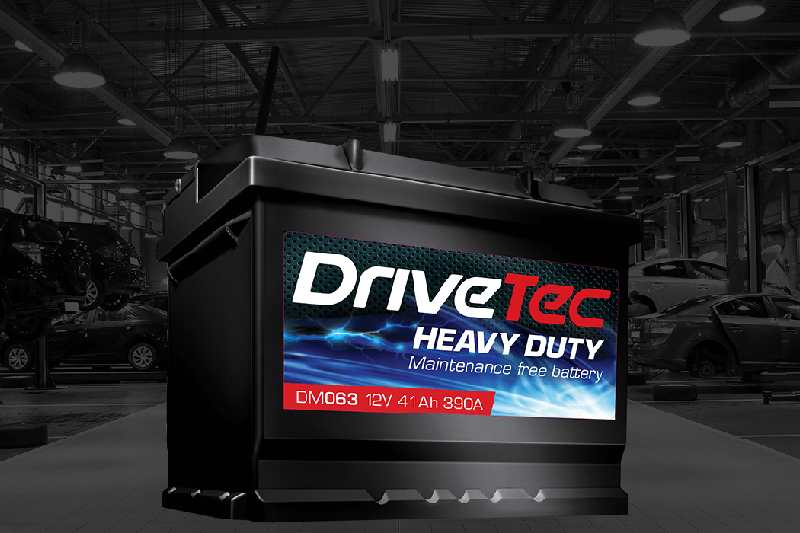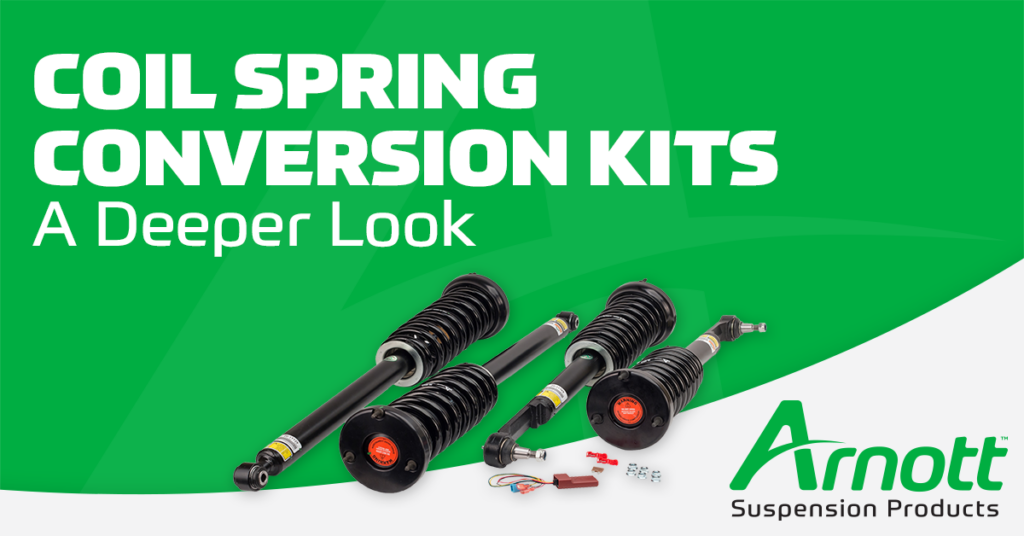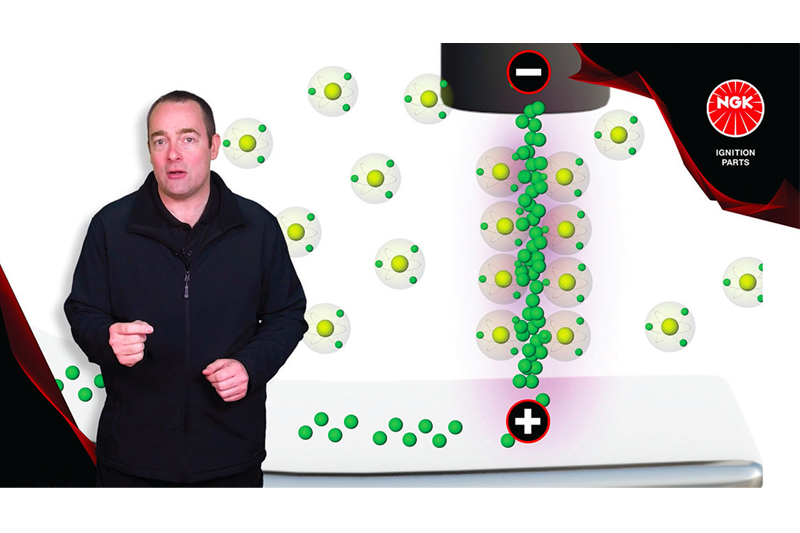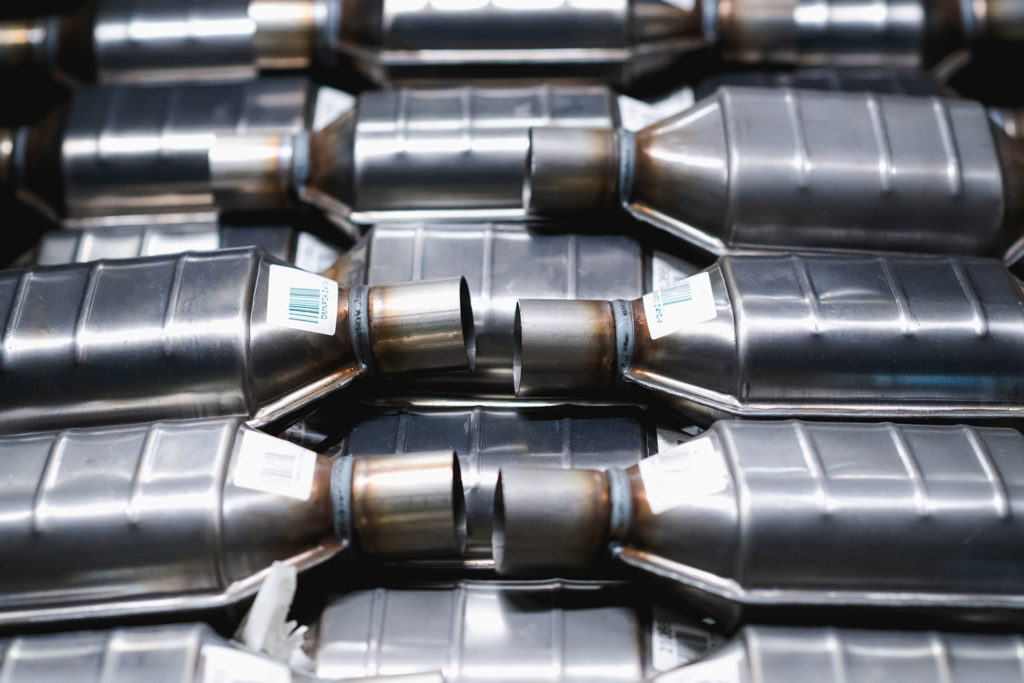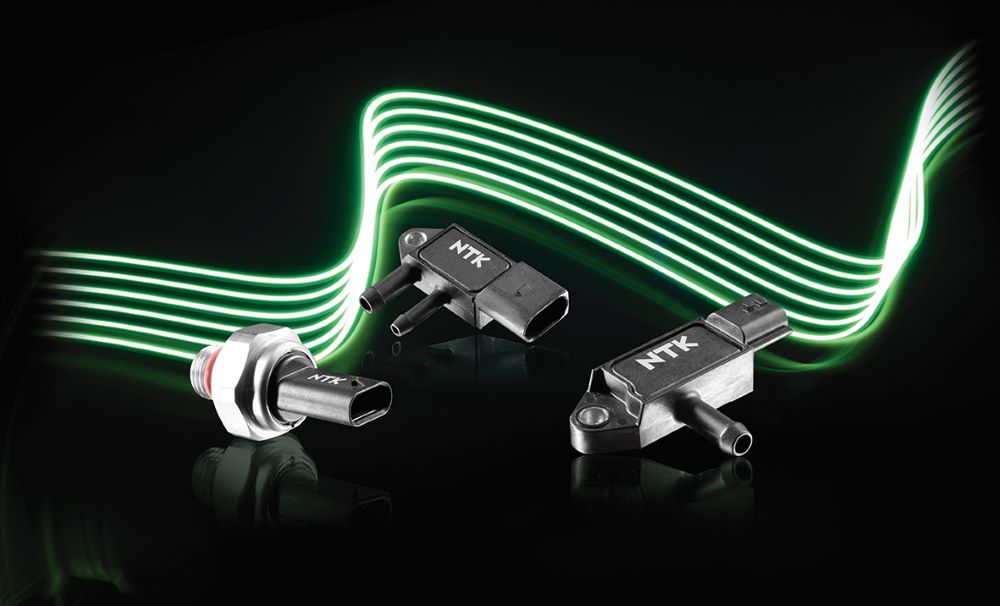What is an Ignition Lead?
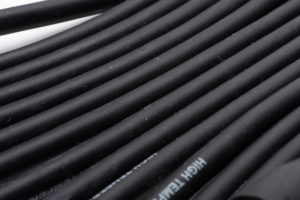
Sometimes known as high-tension (HT) leads or Spark Plug Wires, Ignition leads carry an electrical current
from the ignition coil into the spark plugs, ultimately, lighting the fuel and air within the combustion chamber
of the engine. Comprised of conductive material surrounded by a silicone jacket for protection, Ignition Leads sit in close proximity to the engine and must therefore be able to withstand dramatic temperature changes, caustic chemicals and high physical forces. Lead cores can vary depending on vehicle manufacturer and the age of the vehicle. The three technologies used are; Copper Cores, used mainly by German manufacturers, Wire Wound (Reactive), commonly found in French vehicles, as well as Volvo & Saab, Resistive Cores, favoured by British, Japanese and American manufacturers.
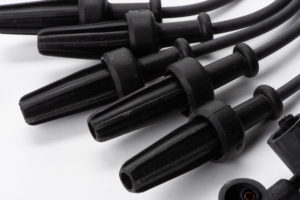
Why do Ignition Leads Fail?
Ignition Leads are made from durable, low resistance materials, and tested to withstand the harsh environment that they operate. Conductive materials in the leads will deteriorate, which in turn reduces the power able to reach the engine, compromising the ignition process. Generally, this is caused be wear and tear, and leads become worn out over time. Leads can also be affected more in winter months, as cold, damp conditions increase the stress on the components whilst deterioration can be accelerated by water and salt ingress. Oil, Coolant and Fuel Vapour can also cause oxidisation and corrosion in the connector contacts.
Symptoms of a Faulty Lead:
- Check Engine Light
- Reduced Fuel Efficiency
- Decrease In Power
- Visible Wear/Damage to Cable
- Misfire
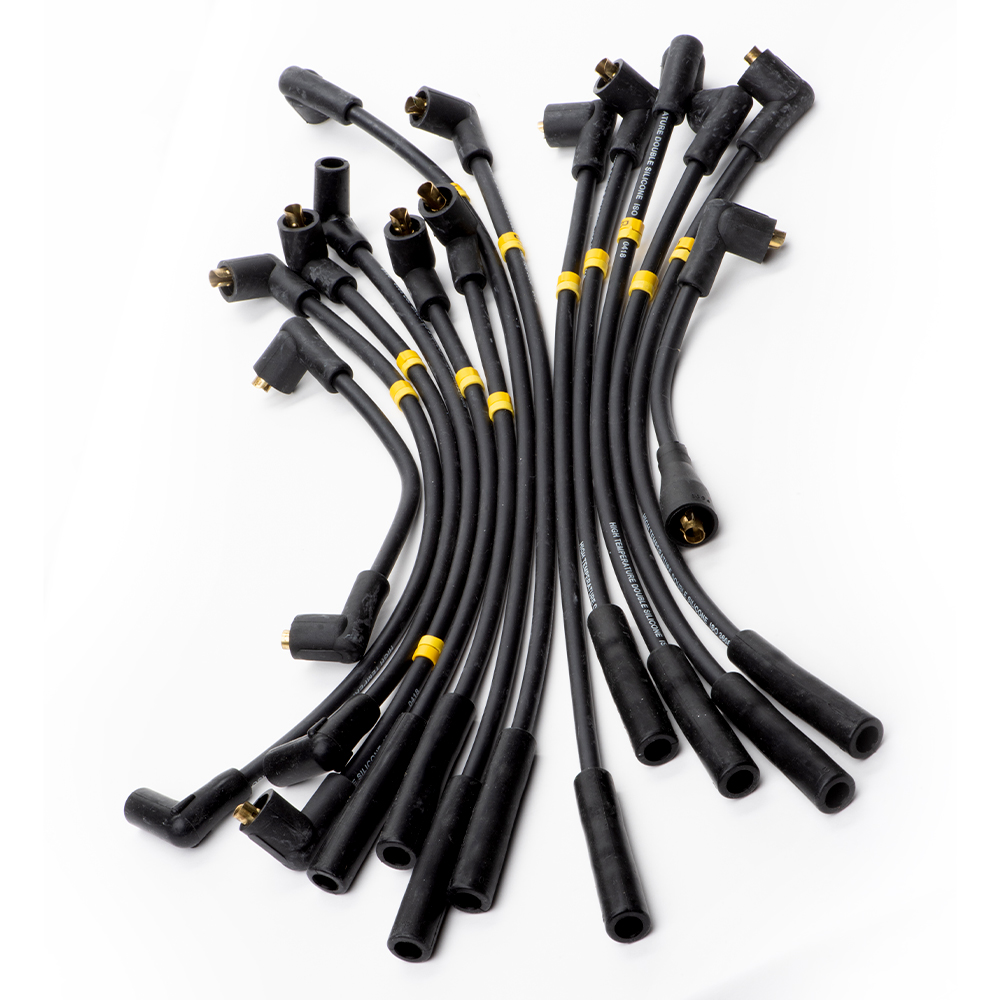
Click on the button below to read part 2 of the article.
For more information on our range of Ignition Leadsets please speak to your sales representative, or contact our helpful customer services and technical support department:
sales@smpeurope.com
+44 (0) 1623 886400
SMP Europe, Unit 5b, Little Oak Drive, Sherwood Park, Annesley, Notts, NG15 0DR
www.smpeurope.com



